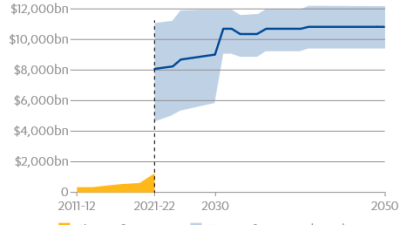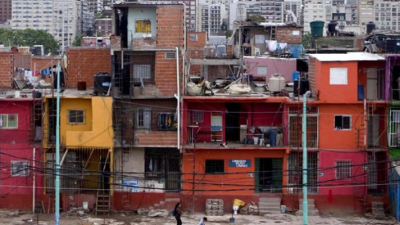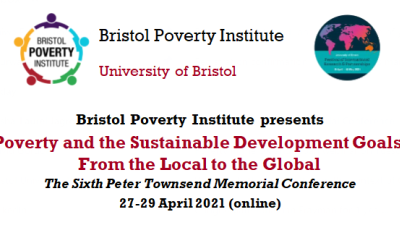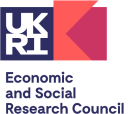Revised EU material deprivation index draws on PSE research
In 2017 the European Union adopted a revised measure of material deprivation to be used by all member states. Those who are materially deprived are now defined as those who have an enforced lack of at least five of a new 13 item material deprivation index.
These indicators have been revised from the existing 9-item where those who were materially deprived lacked three or more of this 9-item index. To create the new index data from around 50 material deprivation items, derived from the UK Poverty and Social Exclusion Survey indicators and collected in EU-SILC 2009, were analysed and an optimal Multiple Deprivation index was identified consisting of six of the current 9-item indicators and seven new items. This new index provides a much more reliable comparative tool and more robust measure of material deprivation across member states.
‘Revising the EU material deprivation variables’, by Anne-Catherine Guio, David Gordon, Hector Najera, and Marco Pomati (Eurostat, 2017), sets out the tests and systematic item by item analyses at both EU and country levels of the EU-SILC 2009 data used to identify the optimal indicators. Six from the original nine indicators were found to be valid and reliable. These were the inability to:
- face unexpected expenses;
- afford a one week annual holiday away from home;
- avoid arrears (in mortgage or rent, utility bills or hire purchase instalments);
- afford a meal with meat, chicken or fish every second day;
- afford to keep the home adequately warm; and
- afford to have a car/van for personal use.
Seven new items collected in the EU-SILC 2009 Material Deprivation module also satisfactorily met the indicator quality criteria and contributed to a robust measure of material deprivation across the EU.
These were the inability to:
- replace worn-out clothes with some new ones;
- have two pairs of properly fitting shoes;
- spend a small amount of money each week on him/herself;
- have regular leisure activities;
- get together with friends/family for a drink/meal at least monthly;
- have an internet connection;
- replace worn-out furniture.
The overall Material Deprivation indicator, adopted by the Indicators Sub-Group of the Social Protection Committee of Eurostat in April 2017, will now be used by Member States and the Commission for the monitoring of material deprivation.
This new index covers the entire population.



 PSE:UK is a major collaboration between the University of Bristol, Heriot-Watt University, The Open University, Queen's University Belfast, University of Glasgow and the University of York working with the National Centre for Social Research and the Northern Ireland Statistics and Research Agency. ESRC Grant RES-060-25-0052.
PSE:UK is a major collaboration between the University of Bristol, Heriot-Watt University, The Open University, Queen's University Belfast, University of Glasgow and the University of York working with the National Centre for Social Research and the Northern Ireland Statistics and Research Agency. ESRC Grant RES-060-25-0052.






